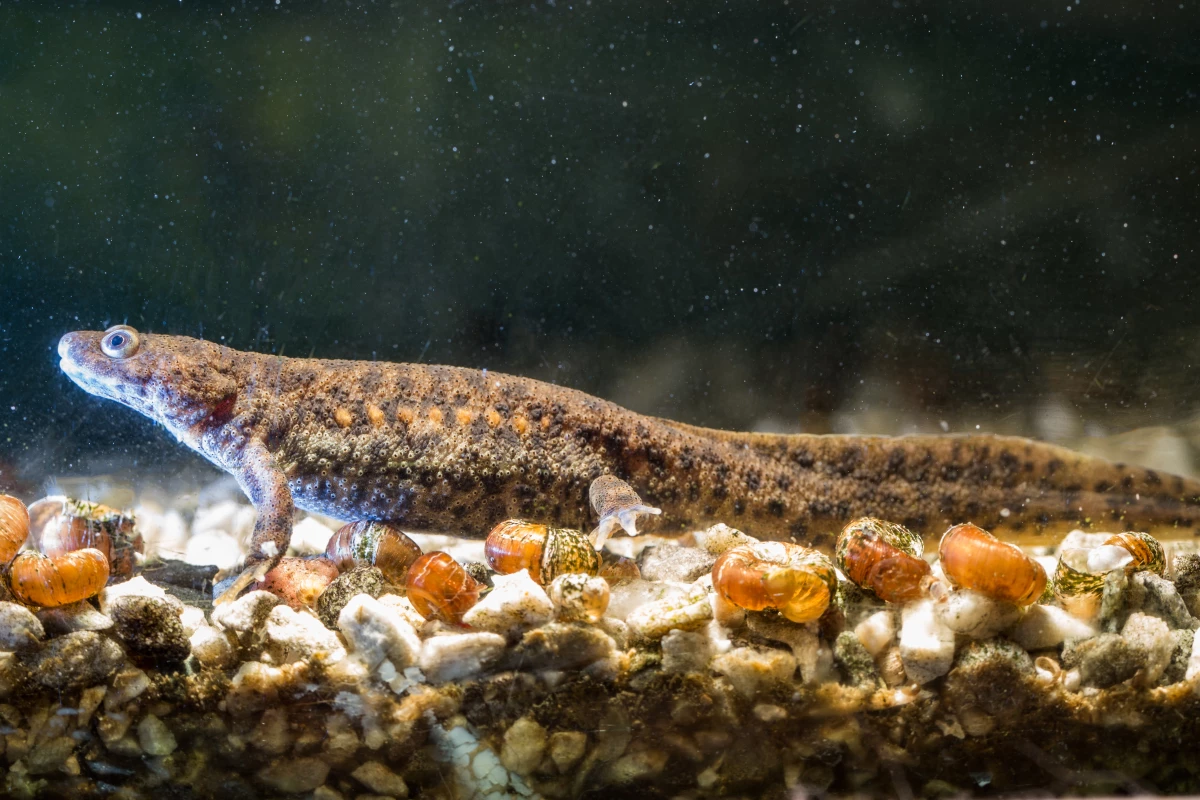It might sound like something out of the X-men but it came from a lab in California: mutant newts that grew perfect limbs after defective appendages were cut off. The findings help science get one step closer to understanding how regeneration works.
Even though it's been reported that young children can regenerate their fingertips after they are cut off, as a species, humans fall pretty far behind in the "grow-a-limb-back-when-it's-cut-off" category. Not so for a range of other creatures on the planet, famously including newts and other amphibians. So studying them, the thinking goes, could help us get a better understanding of how regeneration operates and perhaps allow us to harness the superpower for ourselves one day.
"Certain animals like zebrafish and salamanders are able to regenerate body parts, but higher up on the evolutionary tree of life, regeneration happens much more rarely," said biology professor Marianne Bronner, the director of the Beckman Institute at Caltech. "Though we've seen that some human babies can actually regenerate the tips of their fingers, this ability does not persist through adulthood. We want to understand the molecular processes that underlie regeneration."
To that end, Bronner and a team of researchers undertook a cooperative study with scientists at the laboratory of Ken-ichi T. Suzuki of the National Institute for Basic Biology in Japan. Because the only time organisms grow limbs on a regular basis is in their embryonic stage, the researchers were curious to see if chemicals regulating that process would be involved in regenerative abilities later in life.
So they turned their attention to the Iberian ribbed newt, which can regenerate not only body parts that are cut off but parts of its heart as well. There they focused on a molecule known as fibroblast growth factor 10, or FGF10, which is involved in limb development in the animal (and in humans) when in its embryonic stage.

Miyuki Suzuki created a line of the newts that lacked FGF10 to see how the molecule might affect regenerative abilities. The mutant newts wound up developing deformed back legs that were often stunted or missing digits. However, when those limbs were surgically removed, the animals grew back perfectly developed limbs. This led the researchers to realize that the processes between limb generation and limb regeneration might be significantly different, which now opens up new targets for future research.
In particular, the team believes another growth factor, known as FGF8 may have more of a role than FGF10 does in regeneration. FGF8 is also involved in embryonic development, but it has a specific role in signaling the development of nerve cells.
"One important difference between development and regeneration is the presence of nerves," wrote the researchers in a paper about the study published in the journal, Proceedings of the National Academy of Sciences. "Nerve-derived factors are known to play a critical role in regeneration. These findings together with our results raise the possibility that direct induction of FGF8 by regeneration cues including nerve-derived factor(s) rather than FGF10 may be key to limb regeneration in urodeles (amphibians equipped with tails)."
Source: Caltech






